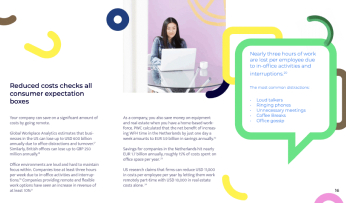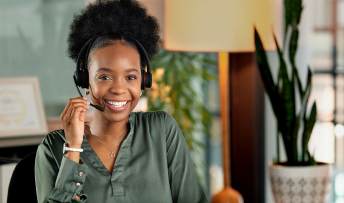data toto macau
slot gacor 4d
agen slot
situs gacor
totoagung2
situs toto slot
bandar togel
idn slot
slot server thailand
toto slot
slot gacor
idn slot online
situs toto
slot bonus
togel online resmi
slot qris
totoagung
bandar toto
totoagung login
toto togel
situs toto
situs 4d
toto slot login
idn live
situs slot
situs idn toto
pay4d slot
bandar togel
situs gacor
togel online
bandar toto
totoagung login
totoagung
toto togel
slot gacor 4d
situs slot
agen toto slot
agen slot
slot gacor
restoslot4d
pay4d slot
slot gacor 4d
agen slot
situs toto
agen gacor
slot gacor hari ini
sbobet
slot online terbaik
bandar toto slot
slot gacor 4d
agen toto
slot mahjong
slot gacor 4d
slot gacor
idn slot
link deposit dana
slot gacor 4d
situs gacor4d
gacor4d
mahjong ways 2
toto slot
toto slot

25 Jan
10 min read




